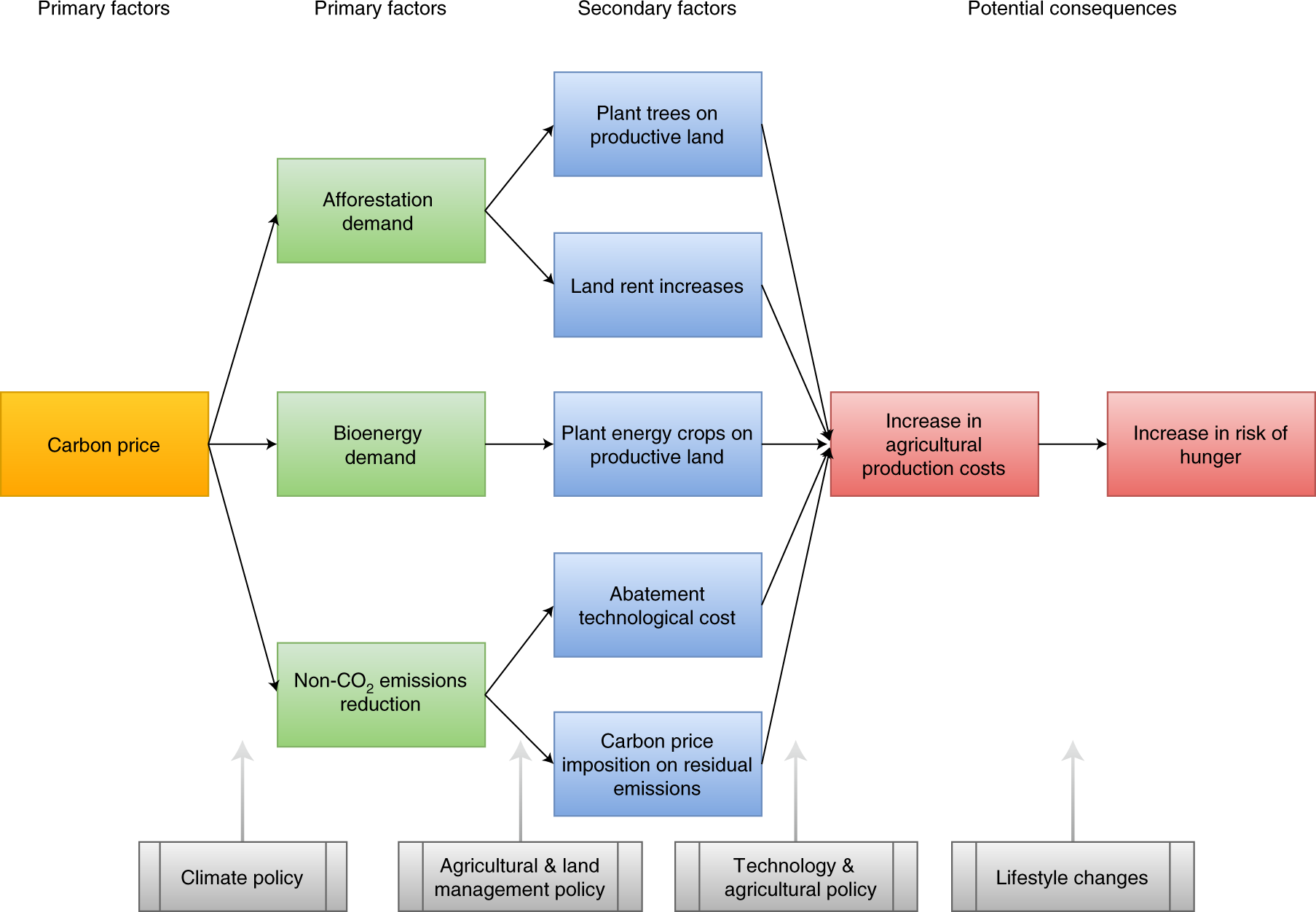
Navigating the Surge in Agricultural Commodity Prices Amid Climate Challenges
Introduction
The agricultural commodities market has recently experienced significant price surges, notably a 10% increase in wheat prices, with current prices of corn reaching $5.80 per bushel and soybeans at $14.50 per bushel. These fluctuations are primarily attributed to climate change and unpredictable weather patterns that are impacting crop yields across the globe.

Market Dynamics
The interplay between climate conditions and agricultural output has led to heightened volatility in commodity prices. Disruptive weather events, such as droughts and floods, have significantly affected crop yields, resulting in increased prices to compensate for anticipated shortages. According to the United Nations Food and Agriculture Organization (FAO), extreme weather events have been linked to a 20% decline in global wheat production over the past decade.
Investors are advised to closely monitor weather forecasts and agricultural reports to anticipate market movements. The FAO reports that the volatility of agricultural prices can be exacerbated by geopolitical tensions, such as trade disputes and sanctions, which may further disrupt supply chains. As adverse weather events become more frequent and severe, the supply of key crops is increasingly jeopardized, leading to upward pressure on prices.
Investment Strategies
In light of these developments, diversification of investment portfolios is crucial. Investors should consider the following strategies to manage risks associated with agricultural commodity price volatility:
-
Utilizing Futures Contracts: Futures contracts allow investors to lock in prices for commodities ahead of time, providing a hedge against price fluctuations. For instance, a farmer can sell futures contracts for wheat before harvest to secure a guaranteed price, protecting against potential declines.
-
Investing in ETFs and Mutual Funds: Exchange-traded funds (ETFs) and mutual funds that focus on agricultural commodities can provide investors with diversified exposure to the sector. Some notable funds include the Invesco DB Agriculture Fund (DBA) and the Teucrium Wheat Fund (WEAT), which track the performance of agricultural commodities without requiring direct participation in futures trading.
-
Monitoring Global Agricultural Trends: Staying informed about global agricultural trends, government policies, and weather patterns can enhance decision-making processes. For example, understanding the impact of U.S. farm subsidies or trade agreements can help investors gauge potential market shifts.
-
Sustainable Practices: Investing in companies that prioritize sustainable agricultural practices may also present lucrative opportunities. As consumers increasingly demand sustainably sourced products, companies that adopt environmentally friendly practices may benefit from enhanced brand loyalty and potentially higher profit margins.

Conclusion
The current landscape of agricultural commodities underscores the importance of strategic investment approaches in response to climate-induced challenges. With climate change continuing to disrupt traditional agricultural practices and yield stability, investors must adopt proactive measures to navigate the complexities of this volatile market.
By diversifying portfolios, utilizing futures contracts, and staying informed about global trends, investors can better position themselves to capitalize on emerging opportunities while mitigating risks associated with agricultural commodity price fluctuations.
In this climate-sensitive environment, the ability to anticipate changes and adapt investment strategies may be the key to thriving amid uncertainty. As agricultural challenges persist, careful consideration and informed action will be crucial for those looking to navigate the shifting tides of the commodities market.

For further insights, monitoring resources like the FAO and Trading Economics can provide valuable data on market movements and agricultural trends.